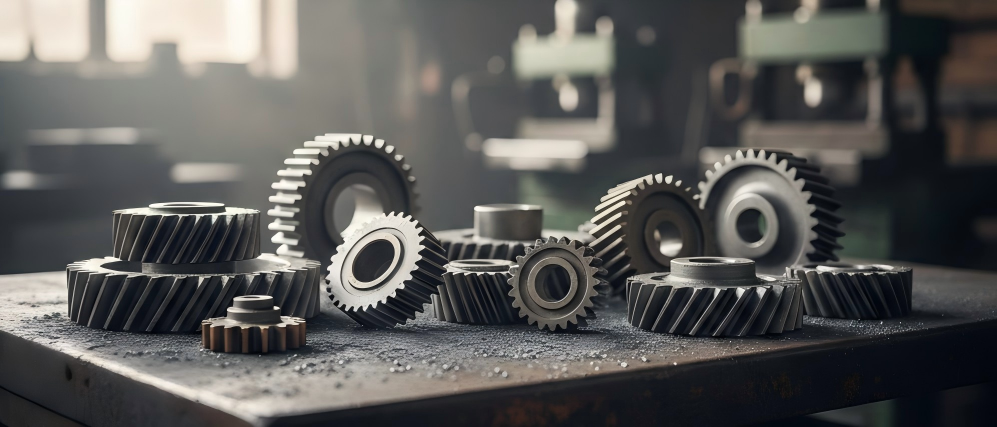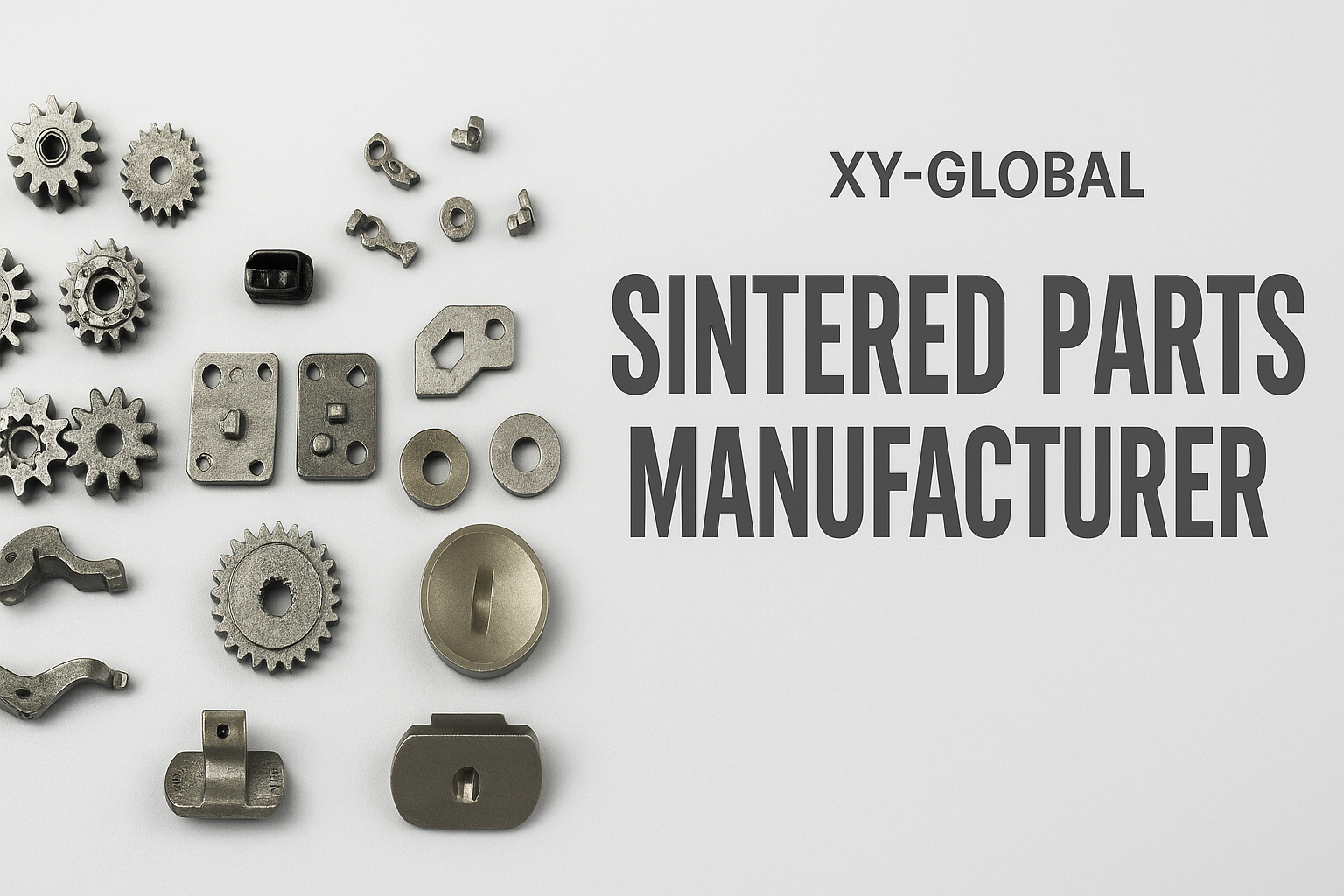Injection molding of zirconia ceramic structural parts is a zirconia injection molding method, which adopts an injection molding method of zirconia ceramics, a powder organic carrier and a reasonable degreasing process: taking zirconia powder as the main body, adding a certain amount of optimized organic carrier, using injection molding process to make the green body, and making high-performance zirconia ceramic products through reasonable degreasing and sintering processes.

The injection molding process of cobalt oxide ceramic structural parts mainly includes the following steps:
Powder preparation:

Select high-purity cobalt oxide powder and mix it with an appropriate binder. The choice of binder is crucial to the fluidity and subsequent processing of the molded parts.
Granulation:
The mixed powder is granulated to form particles of uniform size. This process can improve the fluidity of the raw materials and ensure that they can enter the mold smoothly during injection molding.
Injection molding:
The granular material is placed in the injection molding machine, and under the action of heating and high pressure, the particles are injected into the pre-designed mold to form the desired shape. Due to the good fluidity of cobalt oxide ceramics, injection molding can achieve efficient production of complex shapes.
Demolding: After molding, the part needs to be demolded and removed from the mold to obtain a preliminary "green body". At this time, the structural part has not yet been fully solidified.
Debonding:
The demolded structural part needs to remove the binder by heat treatment or solvent extraction to prepare for the subsequent sintering process.
Sintering: Finally, the debonded "green body" is sintered in a high-temperature furnace, and the particles are fused to form a dense cobalt oxide ceramic structural part. The sintering process not only improves the strength and toughness of the material, but also ensures its excellent electrical and thermal properties.
Advantages of injection molding
Injection molding technology has shown many advantages in the production of cobalt oxide ceramic structural parts:
High precision: Injection molding can achieve precise manufacturing of complex geometric shapes, and is particularly suitable for industrial applications requiring high precision.
Efficient production:
Compared with traditional processing methods, injection molding has significant advantages in production efficiency, can be quickly mass-produced, and reduce unit costs.
High material utilization:
The remaining materials in the injection molding process can be recycled and reused, reducing material waste and meeting the requirements of sustainable development.
Consistency and stability: Injection molding ensures the consistency of size and performance of each structural part, which is suitable for the quality consistency requirements of large-scale production.
Diversified design:
By changing the mold design, it can easily adapt to different product requirements and carry out diversified production.

The injection molding technology of cobalt oxide ceramic structural parts provides an efficient and precise solution for modern manufacturing. With the advancement of science and technology, the application of cobalt oxide ceramics will continue to expand and promote the development of various industries













Share:
Customized High Precision Powder Metal Gears
Carbide Vacuum Sintering Technology